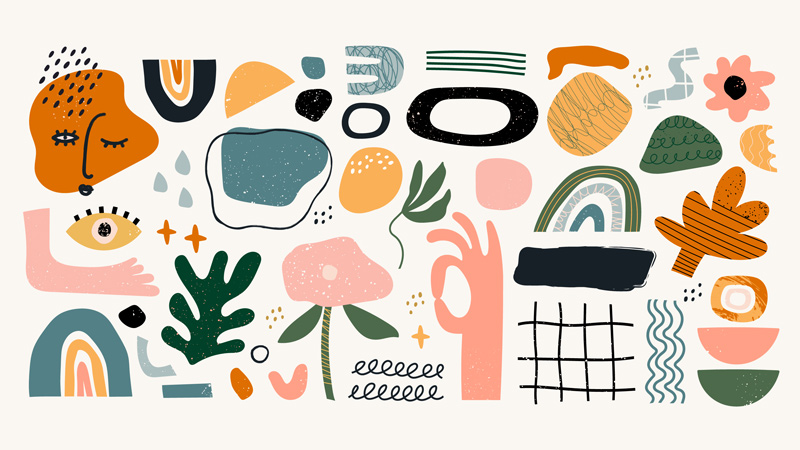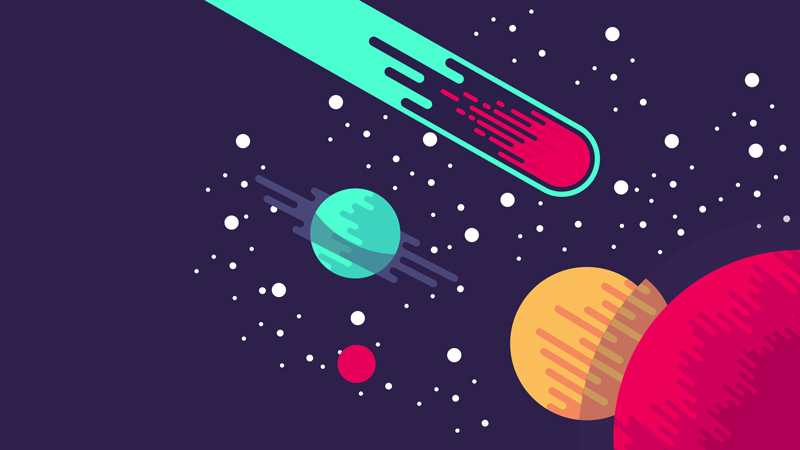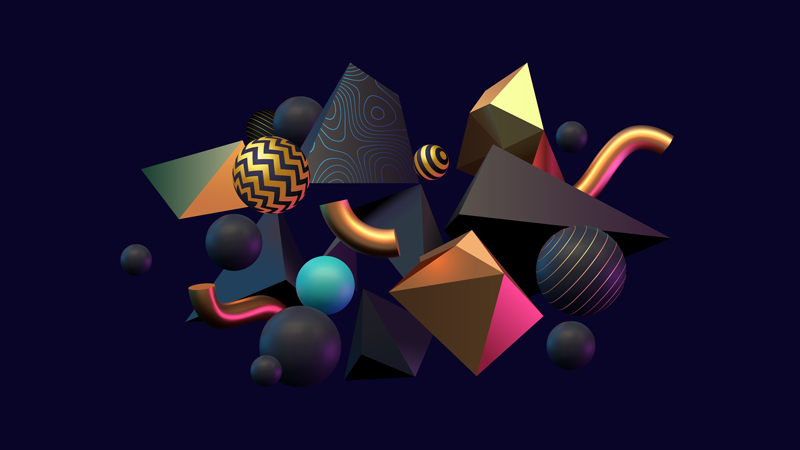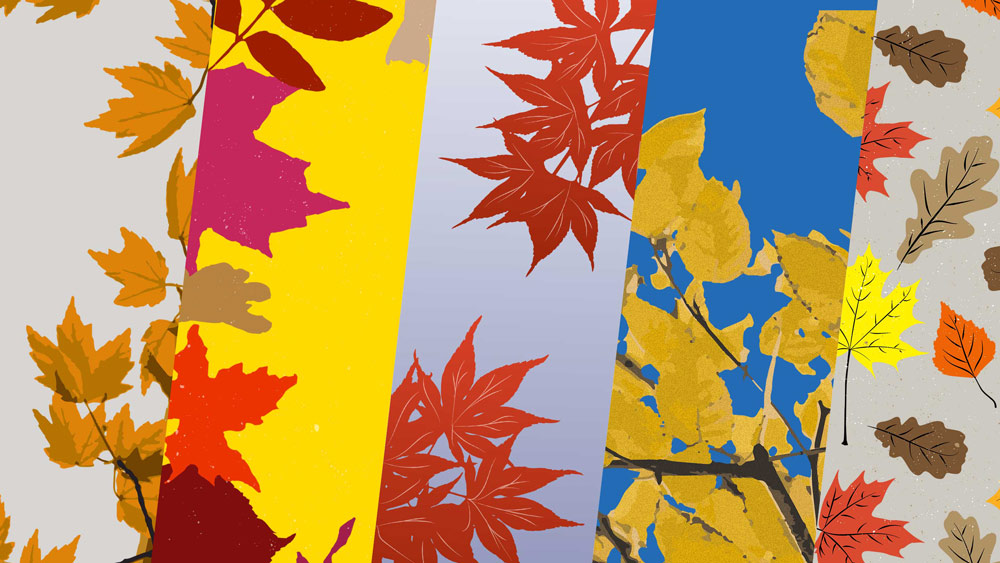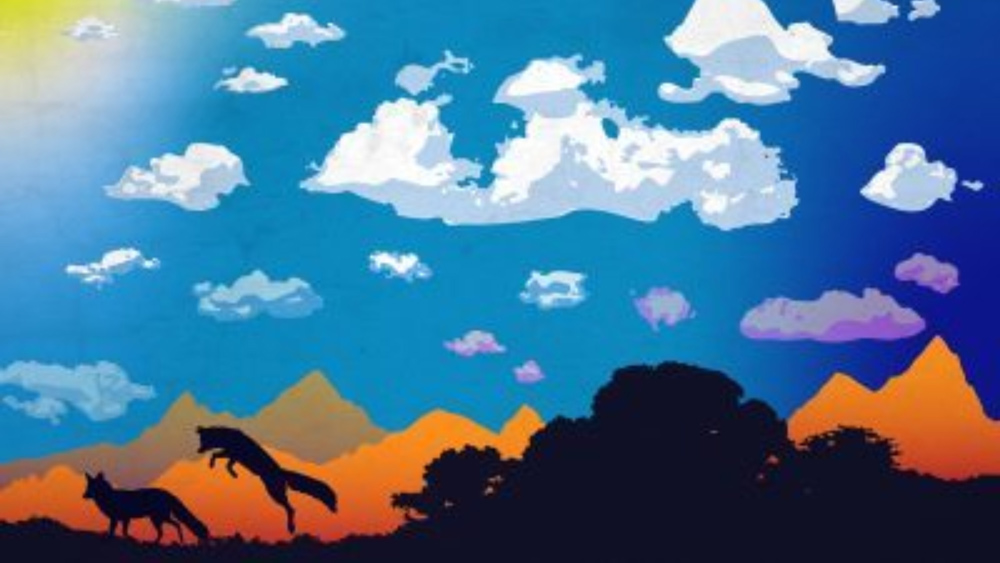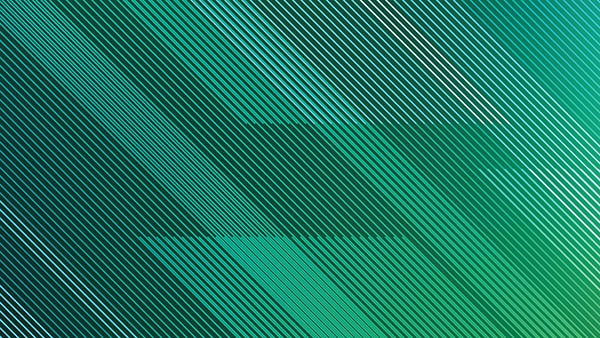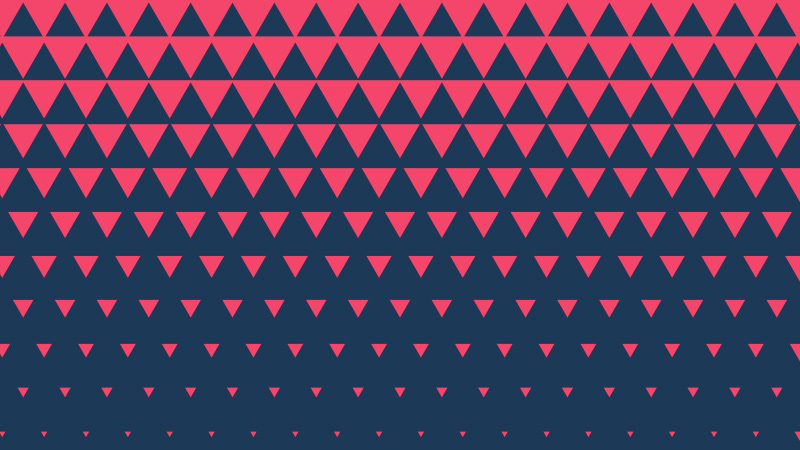Etusivu

Stock and royalty-free vector background images
Vector background images are the ultimate in computer-generated digital design. These fantastical shapes and patterns are pure products of digital creativity, and they take us inside the virtual world of screens and browsers. You can draw attention to your designs with these colors, textures, and shapes from digital designers all over the world. Simply scroll down, and you can explore our favorite vector backgrounds in this easy-to-use collection.
All about stock and royalty-free vector backgrounds
Questions about vector backgrounds
Vector images are an alternative to traditional pixel-based digital images. When you zoom far enough in on a pixel-based image, you'll eventually reach the point where all you see are dots of color — pixels. When you zoom out, they create the illusion of a seamless image; however, you can't really make these images infinitely large because those pixels will start to show. A vector image uses points instead of dots. Computer software defines the shapes that connect these points, which means as the points scale further apart, the shapes become larger to accommodate. This means you can take a vector image the size of a business card and enlarge it to the size of a billboard — and you won't see any dots blurring the image.
Image backgrounds are any image that you're going to use as a background instead of a foreground. Foreground elements appear "on top of" background images, so they can block visual content in the background image. The idea is that the background image sets an overall tone or mood for the image, while the foreground images tell specific visual stories. You can use anything as an image background, but some are better than others. If you pick a busy image with many elements to look at as a background, you might capture your audience's attention, but they might fail to notice your foreground images and your primary content. For this reason, we look for background images that evoke a mood or a frame of mind.
Designers use vector backgrounds for all kinds of projects. Abstract vector backgrounds are particularly popular for websites, digital portfolios, social media platforms, or any other web destination that needs interesting background visuals. Vector backgrounds usually don't have any particular meaning — they make use of interesting colors, shapes, and textures. As such, they appeal to a large audience. When an image doesn't necessarily mean anything, then everyone can react to it without parsing ideas or making interpretations. This can capture a viewer's eye and direct their attention to the primary content at the web destination. Vector backgrounds can also appear in the print world as background images on book covers, print advertisements, business cards, or storefront signs. Vector backgrounds connote the modern, digital world, so they're a great way to keep projects timely and interesting.
The most engaging vector backgrounds are those images that capture our attention, even if we're not entirely sure why. Vector backgrounds use colors, shapes, and textures to create interesting designs. We're not always sure why a particular texture or curve or gradient is interesting to us, and that mystery keeps us captivated and engaged with the image. These visual appeals to our curiosity can keep us interested in a website, profile, or portfolio even if we might otherwise lose interest in the primary content. As such, they're powerful complements to primary content.
Finding vector backgrounds is quick and easy at Shutterstock. First, you can scroll down and explore the curated collection below. It features some of our favorite vector background images from artists all over the world. If you have something more specific in mind, head over the top of this page and enter a search term into the field labeled "Search for images." Try something like "vector background AI," and when you get your results, you can narrow them down using the filters on the left side of the screen. Experiment with the orientation, the image type, the color scheme and more. If you have a specific image in mind, and you'd like something similar, click "Search by image" next to the search field, and upload your image file. The Shutterstock A.I. will search the collection and return similar compositions.
Popular searches for vector backgrounds
Tips and tricks to make the most of your vector backgrounds
Using vector backgrounds for websites Vector background images are great assets for websites. Because they're computer-generated, these images have a modern, technological feel, which makes them great for sites that want to plug in to e-culture. The lines, shapes, colors, and contrasts that comprise a vector background image remind us of interesting design elements we've seen in "real" images. Vector backgrounds are great as banners, header images, or site backgrounds. These images draw us into the world of tech art, and then they hold our attention while we browse the website's primary images and content. Be sure to pick background images with enough visual motion that primary content overlays won't interrupt the viewing experience. Vector backgrounds for graphic designs Graphic designers often use vector background images when they want to create a modern, technological feel for their projects. Combining logos, CTAs, buttons, or other design elements with a vector background image allows us to latch onto the meaningful content. We see elements in these backgrounds that we might be familiar with from "real-world" images, but we're not sure precisely what they mean in the background — this makes the meaningful content in the design even more captivating. Because graphic design aims to move the viewer's eye meaningfully across the image, you can use background vectors that feature design elements that flow in these same directions, creating an engaging experience simply by arranging shapes, lines, colors, and textures. Vector backgrounds for print projects and illustrations Vector background images are particularly effective in print projects and illustrations. They're very common on book covers, for example, such as textbooks. It can be difficult to illustrate a concept like "Algebra," so a vector background provides an interesting visual element for the cover design, even if the image isn't "about" algebra. The same is true for illustrations. Sometimes, you need to communicate some information, like statistics, discounts, or prices, and you need a way to make this otherwise-uninteresting data more compelling. Vector backgrounds offer an interesting image that will complement your information and make it more compelling. Print projects don't have the benefit of a screen backlighting all the images, so be sure you choose particularly vivid vector backgrounds with strong color profiles, plenty of visual movement, and textured contrast.



